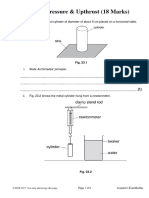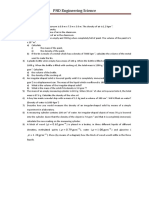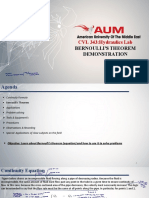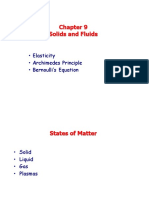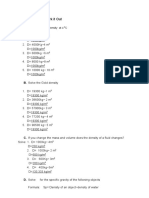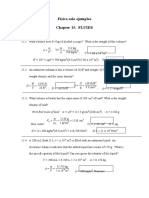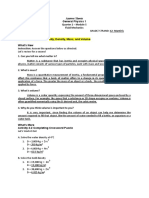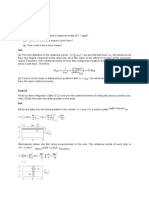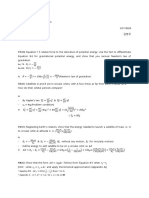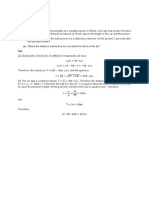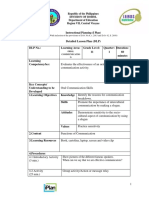0% found this document useful (0 votes)
501 views3 pagesChapter 15 Exercise and Problems
The document contains solutions to physics problems involving density, pressure, fluid flow, and buoyancy. Problem 15 finds the mass of molasses in a jar given its density and volume. Problem 23 calculates the density of a fluid from the given pressure increase with depth. Problem 29 determines the maximum mass of a concrete block that could be carried underwater based on buoyancy forces.
Uploaded by
nomio12Copyright
© © All Rights Reserved
We take content rights seriously. If you suspect this is your content, claim it here.
Available Formats
Download as DOCX, PDF, TXT or read online on Scribd
0% found this document useful (0 votes)
501 views3 pagesChapter 15 Exercise and Problems
The document contains solutions to physics problems involving density, pressure, fluid flow, and buoyancy. Problem 15 finds the mass of molasses in a jar given its density and volume. Problem 23 calculates the density of a fluid from the given pressure increase with depth. Problem 29 determines the maximum mass of a concrete block that could be carried underwater based on buoyancy forces.
Uploaded by
nomio12Copyright
© © All Rights Reserved
We take content rights seriously. If you suspect this is your content, claim it here.
Available Formats
Download as DOCX, PDF, TXT or read online on Scribd
/ 3

